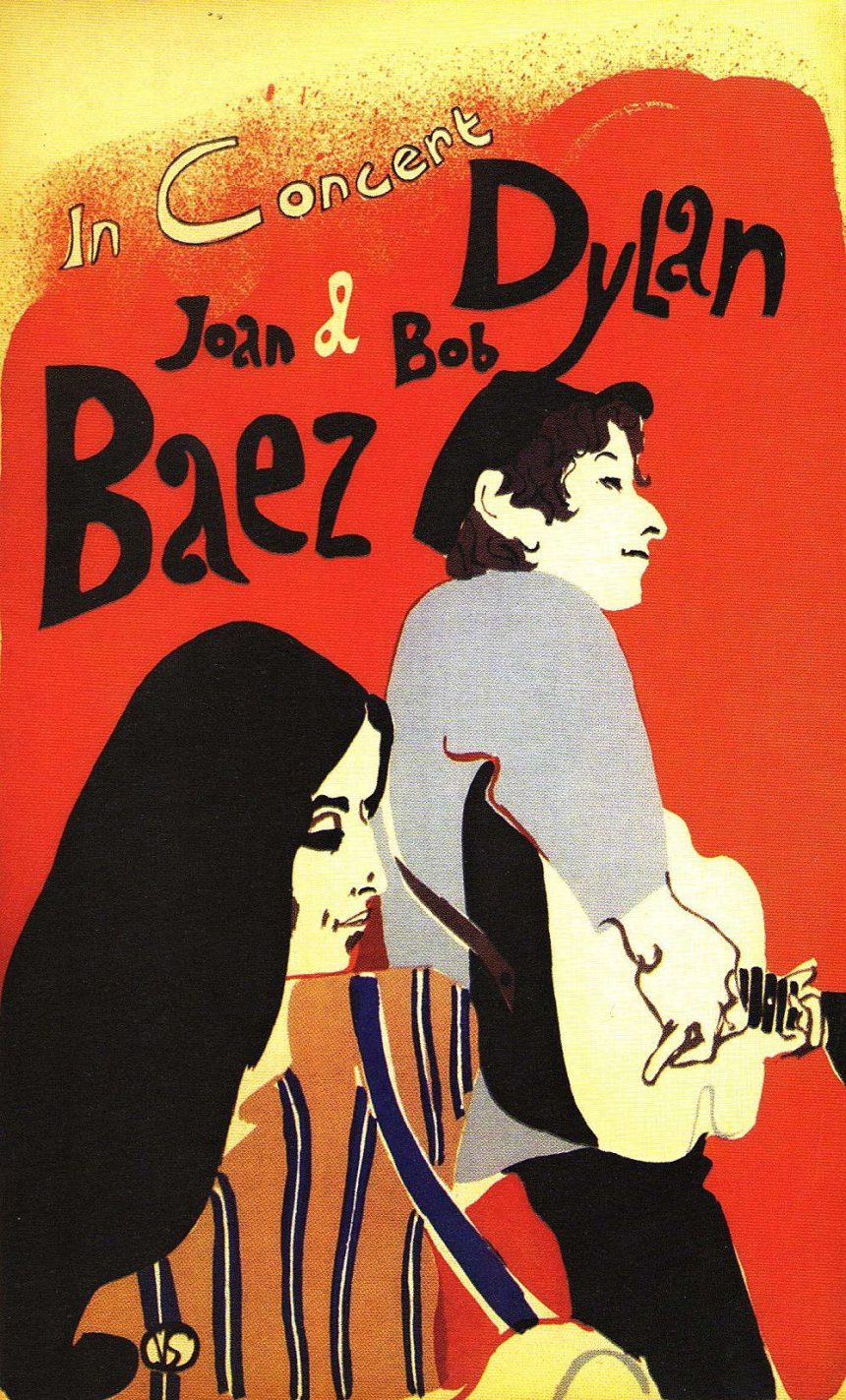EXTRACTS
Like many of Dylan’s early songs, Farewell Angelina is built around both the tune and the spirit of a traditional melody; in this case the Scottish nineteenth century whaling song Farewell to Tarwaithie, which featured in the repertoire of folk song collector A. L. Lloyd and ‘folk guru’ Ewan MacColl and became a standard for many Scottish and Irish folk singers. Dylan may well have first heard it as performed by The Clancy Brothers. It is a winsome if rather fearful song in which the dangers of whaling in the icy wastes of the seas around Greenland are recounted, despite which the brave sailor is so desperate that he is prepared to risk everything. Earlier in his career Dylan had reshaped the traditional lament Lord Franklin, another tale of the dangers of sailing in icy wastes, into Bob Dylan’s Dream – a song of regretful nostalgia and a profound meditation on the vagaries of human experience over time. Here he again exploits the aching sadness of the traditional melody, while the narrator takes us on different kind of journey into inner consciousness, pouring out a stream of evocative dream images.
Farewell Angelina, like the earlier My Back Pages, shows us an artist in transition from the direct ‘finger pointing’ songs of his early career to the visionary poetic landscapes of his much-celebrated 1965-66 period. It is perhaps ironic that he may have considered the style of ‘folk queen’ Baez more appropriate to the song than his own. But Baez’s recording of the song was also part of her own transformation from a performer of traditional material into an interpreter of contemporary songs. On the album she uses backing musicians (including guitarist Bruce Langhorne, who plays on Bringing It All Back Home) for the first time. By the time she records the song, the lyrics have been considerably sharpened, presumably by Dylan himself, who seems to have shaped the song to Baez’s needs, shortening it by excluding the least effective verse about a ‘camouflaged parrot’ and honing the imagery. Baez’s singing reveals her mastery of the form of the traditional folk ballad. Although the lyrics become increasingly darker as the song continues, her perfectly consistent purity of tone is relatively unvarying. In her hands the song becomes a creation of unique and startling beauty.
In the third verse, Angelina’s world becomes populated by various shifting figures. In a surreal twist which borrows from Alice’s Adventures in Wonderland, Dylan ‘brings alive’ a number of playing cards. It is a trick he will repeat in songs like Lily, Rosemary and the Jack of Hearts (1975) and Huck’s Tune (2006). We hear that …The Jack and the Queen have forsaked the courtyard… and later we are very memorably taken to …the space where the ace and the deuce once ran wild… The playing cards, which seem to represent the spirit of chance, are in fact noticeable by their absence. Dylan’s cunning use of internal rhyme (…space/ace…) is nicely juxtaposed against the slyly conversational …I’ll see you in a while… Meanwhile …fifty two gypsies now file past the guards…. This apparently random image is the first hint that we are actually in a very dark place. It appears that the narrator is imposing images onto Angelina’s world, as his mind races through various scenarios. The line may suggest an imminent slaughter in a concentration camp (gypsies, along with Jews and gays, being major Holocaust victims). It seems that the paradisiacal world in which spontaneity and randomness are allowed to ‘run wild’ has been replaced by darkly ominous forms of social control. The sky, we are informed, is now …folding… The old order is collapsing.
There is more suggested violence in the following verse. In a rather surreal historical juxtaposition, we see a group of ‘cross eyed pirates’ …shooting tin cans with a sawn off shotgun… while the unidentified neighbours clap and cheer this rather pointless pursuit. We hear that …the sky’s changing color/ And I must leave fast… There is, it seems, little time left. Angelina’s world is crumbling in front of our eyes. In the final two verses Dylan illuminates this collapse with a series of luminous visions. The fifth verse is one of Dylan’s most extraordinary collocations of imagery: …King Kong, little elves, on the rooftops they dance/ Valentino-type tangos, while the make-up man’s hands/ Shut the eyes of the dead not to embarrass anyone…. The initial images are drawn from a mixture of old movies and fairy tales. In the classic (and much remade) 1933 movie King Kong, the monstrous but ultimately sympathetic giant ape is unceremoniously and tragically murdered by shots from countless biplanes, while bestraddling that great symbol of Ameerican ‘progress’ the Empire State Building. The bizarre image Dylan creates here of King Kong dancing ‘sexily’ with the elves is ominous, especially as Kong meets his end on a rooftop.
LINKS
DAILY DYLAN NEWS at the wonderful EXPECTING RAIN
THE BOB DYLAN PROJECT- COMPREHENSIVE LISTINGS
STILL ON THE ROAD – ALL DYLAN’S GIGS
Leave a Reply
Chris discusses BOB DYLAN’S great unreleased song FAREWELL ANGELINA, as recorded by JOAN BAEZ
DAILY DYLAN NEWS at the wonderful EXPECTING RAIN
THE BOB DYLAN PROJECT- COMPREHENSIVE LISTINGS
STILL ON THE ROAD – ALL DYLAN’S GIGS



Leave a Reply